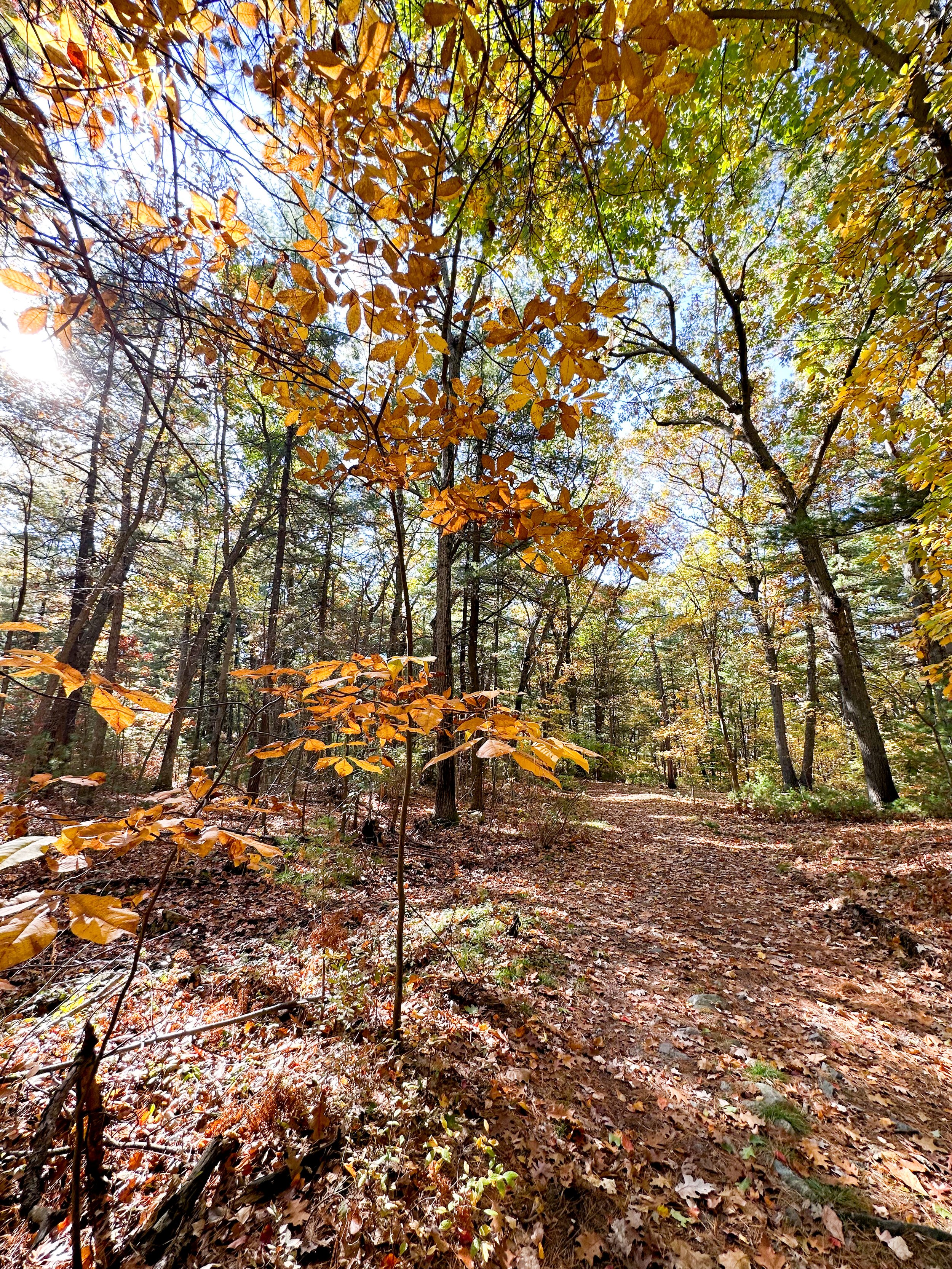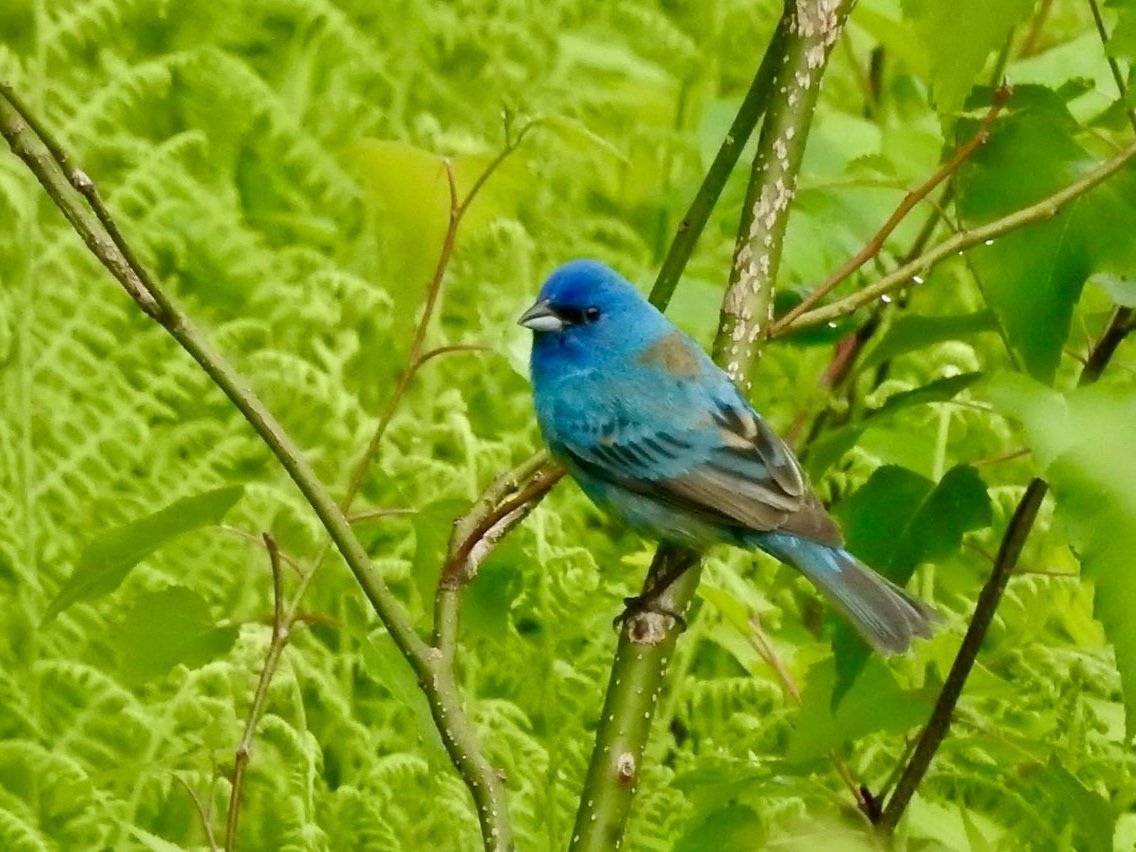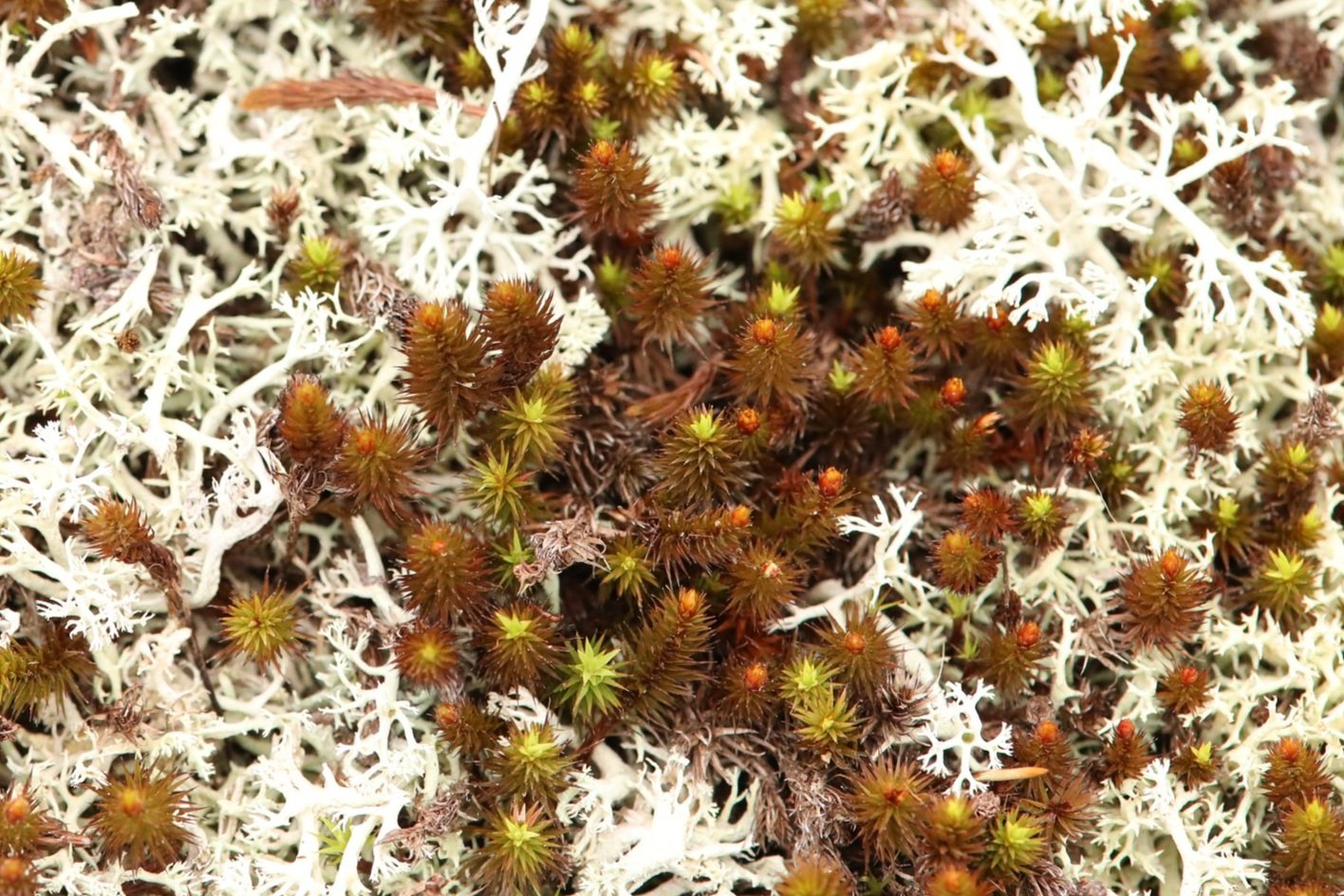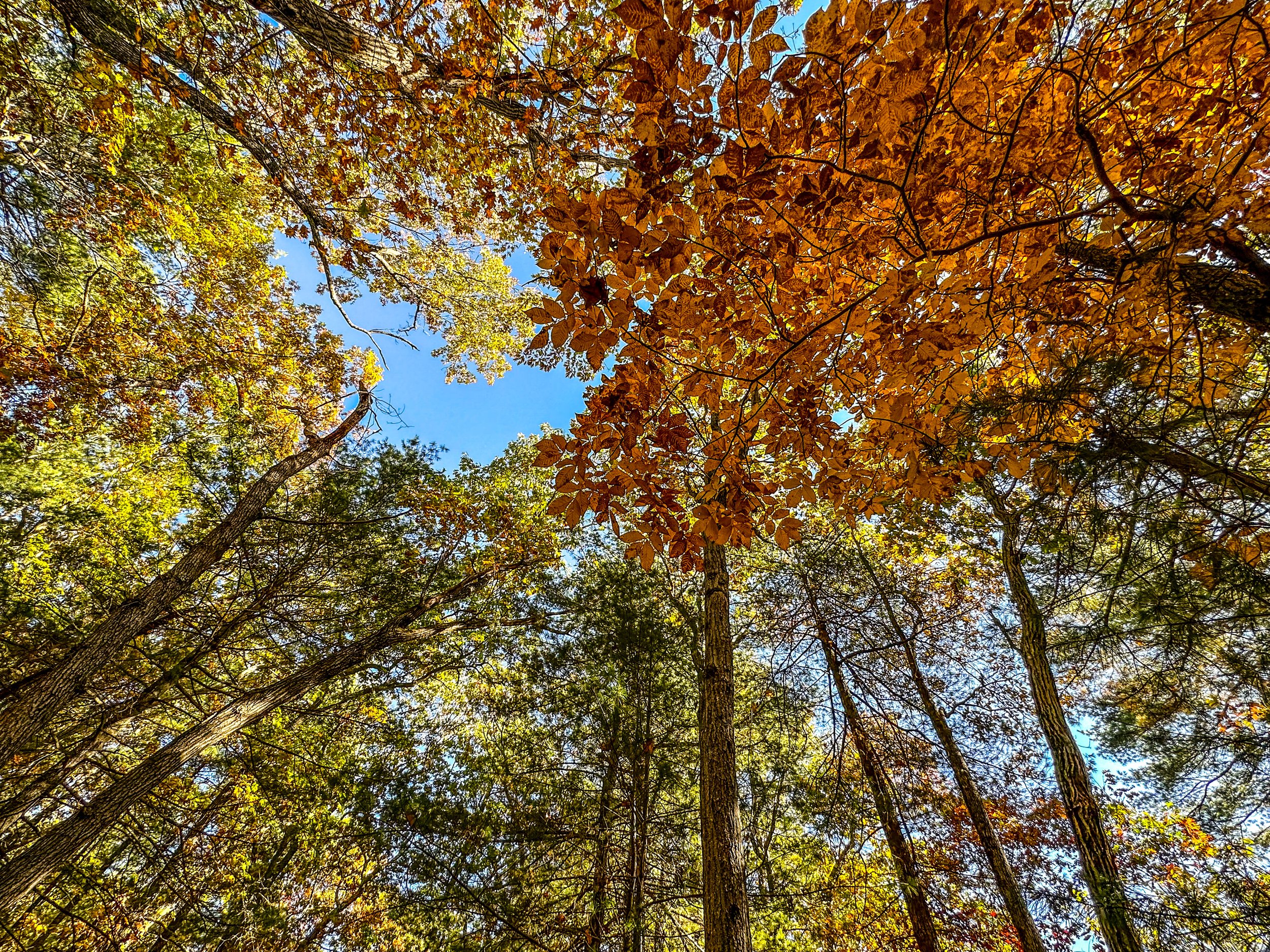The NEMT Forest Ecosystem
When you walk through a forest, what you see is not just the stand of trees that define the forest, but a whole world of complex interactions between the living and the non-living, some obvious and some hidden from your eyes. But, if you start paying more attention to the goings-on, as naturalists and scientists have been doing, the forest will begin to unfold as a magical place. It is important to understand that these intricate relationships have taken a long time to establish over thousands of years and continue to evolve and develop as time goes on. So, when you walk through the NEMT Forest, stopping and observing nature - plants, birds, chipmunks, salamanders, insects, spiders, fungi, and the activities beneath the dense leafy layer - you will begin to realize that every component plays a crucial role in keeping the NEMT Forest functioning as a whole. On each subsequent walk through the NEMT Forest, you will realize that there is so much more to see and learn.
The photos you see here are of a small sampling of the incredible biodiversity observed at NEMT Forest from early spring through fall.
Everything is connected from the canopy of the trees to the moss-covered rock outcrops to the deep underground communicating network of roots, mycorrhizal fungi, and the organisms living in the soil. The topsoil of the forest floor has formed from layers and layers of fallen leaves and plant matter breaking down over hundreds of years.
The fallen leaves provide warmth and shelter for hibernating salamanders, frogs, toads, bees, and other overwintering arthropods in various stages of life. Chipmunks, squirrels, and birds forage on the forest floor and use leaves as nesting material. The decaying leafy matter is fragmented by many tiny organisms including springtails and beetle mites. Pinesap, a type of fungus, and other microorganisms decompose the fragments further returning nutrients back to soil. As the cycle continues, the forest thrives.
In fall and winter, when it rains, water from the higher elevations of the NEMT Forest accumulate in the lower areas forming vernal pools. In spring, these pools are inhabited by Spotted Salamanders, Wood Frogs, American Toads, and Spring Peepers, who have made their way down from surrounding areas to find their mates and deposit egg masses on dark and rainy nights. During the hot summer months, the vernal pools dry up and the amphibians migrate away from the pools and take shelter under the fallen leaves, logs, and rocks until next spring.
A vernal pool at NEMT Forest
A Winter Firefly was observed on a bedrock outcrop at the NEMT Forest on a windy day in April earlier this year.
In the video of the Winter Firefly, you can hear the accelerating trill of the Field Sparrow. The spring season is ushered in by the arrival of warblers and other birds from their southern wintering grounds. The NEMT Forest serves as a migratory stopover and nesting habitat for many birds, including the rare Eastern Whip-poor-will, a species of greatest conservation need. This short video shows a few of the 100 species of birds observed at NEMT Forest.
“Now when you cut a forest, an ancient forest in particular, you are not just removing a lot of big trees and a few birds fluttering around in the canopy. You are drastically imperiling a vast array of species within a few square miles of you. The number of these species may go to tens of thousands.”




















